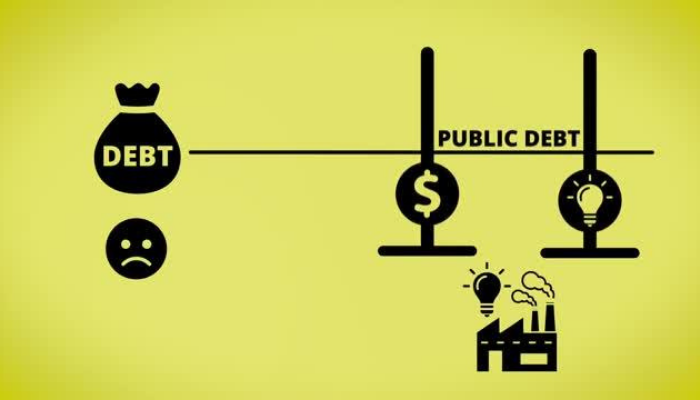
Key highlights
- Nigeria’s total indebtedness to the World Bank rose to $13.9 billion as of December 2022, an increase of $1.5 billion from the previous year.
- Nigeria’s reliance on the World Bank has increased in the last three years, particularly after the Covid-19 lockdown.
- Nigeria’s public debt stock, which includes external and domestic debt but excludes Ways and Means, stood at N46.25 trillion (US$103.1 billion) as of December 31st 2022, with external debts amounting to $46 billion owed to various lenders, including the World Bank, IMF, AFDB, and China.
Nigeria’s total indebtedness to World Bank rose to $13.9 billion as of December 2022 an increase of $1.5 billion as of December 2021.
As of December 2019, the total debt owed to the World Bank was $10.1 billion but rose to $12.5 billion as of the end of 2020. Between 2019 and 2022 Nigeria’s debt to the World Bank has increased by $3.8 billion.
Nigeria’s reliance on the World Bank has risen over the last three years, especially after the Covid-19 lockdown. The loans are used to shore up the country’s external reserve position allowing it to continue to stabilize the exchange rate.
A further breakdown of the debt reveals the FG portion of the World Bank loan is about $9.2 billion while the state portion is about $4.1 billion.
World Bank Loan approval
On December 15, 2020, the World Bank approved Nigeria’s request for a $1.5 billion loan in the wake of the covid-19 pandemic as budget support to help cushion the impact of the pandemic on the country’s revenue. This the facility was a 5-year Country Partnership Framework (CPF) that will last from 2021 to 2024.
Why the World Bank gave Nigeria a loan – “With the sharp fall in oil prices as a result of COVID-19, the economy is projected to contract by over 4% in 2020, plunging the country into its deepest recession since the 1980s. Government revenues could fall by more than 15 billion dollars this year, and the crisis will push an additional 5million Nigerians into poverty in 2020.’’ – World Bank
According to the World Bank the loans were approved for two projects in Nigeria. These projects include Nigeria Covid-19 Action Recovery and Economic Stimulus, Program for Results (Nigeria CARES) and the State Fiscal Transparency, Accountability and Sustainability Program for Results (SFTAS).
Nigeria’s Public Debt stock
Data National Bureau of Statistics and the Debt Management Office reveals Nigeria’s public debt stock, which includes external and domestic debt, stood at N46.25 trillion (US$103.1 billion) as of December 31st 2022. When you include the N22.8 trillion in Ways and Means the total public debt stock rises to N69 trillion or $153.9 billion.
The breeak down of the external components of the debts shows Nigeria also owes a total of $46 billion to a diverse of lenders. In addition to the World Bank loan, the external loans also includes loan to the IMF which Nigeria owes $3.8 billion, AFDB $3 billion, China $4.2 billion and other countries a combined $773 million. It also has an Eurobond debt estimated at about $15.6 billion.
What this means
The rise in Nigeria’s external debt is a cause for concern, as it raises questions about the country’s ability to service its debt obligations. In recent years, Nigeria has struggled to generate sufficient revenue to meet its debt obligations, leading to concerns about the country’s debt sustainability. External loans have nearly doubled in 5 years, rising from $25.7 billion at the end of 2018 to $46 billion at the end of 2022.
This information further highlights the extent of Nigeria’s debt burden and the need for the country to explore alternative sources of funding to reduce its dependence on external debt.
While external borrowing can provide a quick source of funding for development projects, it can also lead to debt distress if not managed effectively. Therefore, it is crucial for Nigeria to adopt a more sustainable approach to debt management and explore other financing options to reduce its reliance on external debt.
